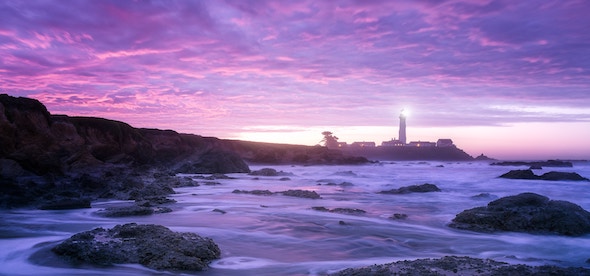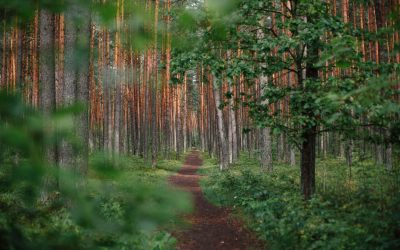Artists, visionaries, and healers face the intense darkness of creativity on a daily basis.
So when we create, we face the necessity of destruction to balance our creativity. Our “positive” behavior must be balance by “negative” behavior.
“There is, however,” Johnson writes, “a broader kind of creativity that folds the darkness into the finished product and finds fulfillment in the shadow.”
Creativity is essentially a birthing process, but it evokes death as well.
Here’s what I mean: One of my colleagues reminded me recently that creating anything requires a metaphorical death. Your ego has to die in order to let go enough to bring your creative vision into theworld. You have to embrace an attitude of reverent surrender and to shift into an internal space that’s connected with the divine, rather than the ego, in order to create. Fear and all. No guts, no glory.
In other words, in order to birth our ideas and visions, we have to die. DIE! No wonder it’s so incredibly terrifying to create.
It requires a huge leap into the unknown, a leap of courage, even just to begin.
And no wonder we have so many excuses not to create: Too busy, too tired, too stuck. Don’t care anymore. You know the drill.
But at end of the day, our excuses not to create are manifestations of your fears about birthing our creative work into the world.
Since birthing isn’t pretty or easy, that’s no surprise.
We have to be able to walk into the darkness, transcend the huge void between the light and thedarkness, get down on our knees in abject surrender, and give it everything we’ve got in order to bring what we’ve been given back into this earthly plane.
If you’re not doing that, you’re probably playing too small. A lot to live up to, right?
Interestingly, in our culture, you’re trained to hide from your darkness, to put a pretty face on it, and not to mention it. Not to appreciate it. But that’s where the true jewels lie. All that tension, that angst, that creative frustration is actually a huge untapped energy source, just waiting to be released in a glorious explosion of full, whole-bodied creative expression.
As Johnson says, “We are … talking about sainthood in the original meaning of the word — a full-blooded embracing of our own humanity, not a one-sided goodness that has no vitality or life.”
How can we bring our darkness — shadow — into our creative expression and thereby find our own true “sainthood”?
How can we release being “good” to find our true self-expression?
Worth thinking about.





0 Comments